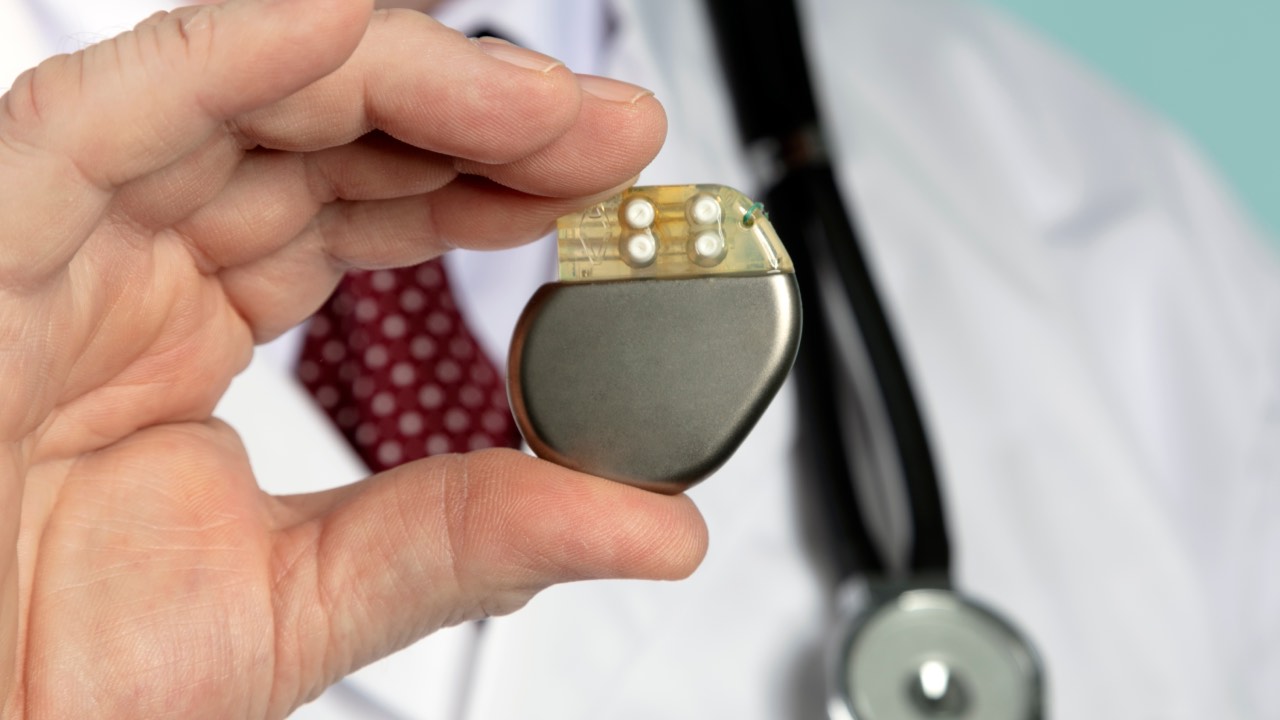A wireless, dissolving pacemaker

US researchers have developed a wireless, temporary pacemaker that dissolves harmlessly within the body when it’s no longer required.
Having previously developed a self-powered pacemakerthat uses heartbeats as energy, the team has become interested in transient electronics, allowing cardiac patients to dodge riskier surgical procedures.
“Sometimes patients only need pacemakers temporarily, perhaps after an open-heart surgery, heart attack or drug overdose,” says Rishi Arora, a cardiologist at Northwestern University, US, and co-author on a paper describing the research, published in Nature Biotechnology.
“After the patient’s heart is stabilised, we can remove the pacemaker. The current standard of care involves inserting a wire, which stays in place for three to seven days. These have potential to become infected or dislodged.”
Arora and colleagues addressed this by creating a biodegradable device, around 15 millimetres in length and width, and 0.25 millimetres thick, from a range of materials, including tungsten-coated magnesium, silicon nanomembranes and Candelilla wax. All the components are ‘bioresorbable’ – they can dissolve and be processed harmlessly by the body.
The device is powered by an antenna that sits outside the body, using near-field communication protocols (the same technology used for contactless payments), eliminating the need for batteries or wires and making it easier to implant.
“The circuitry is implanted directly on the surface of the heart, and we can activate it remotely,” says Arora.
“Over a period of weeks, this new type of pacemaker ‘dissolves’ or degrades on its own, thereby avoiding the need for physical removal of the pacemaker electrodes. This is potentially a major victory for post-operative patients.”
The thickness and length of the device can be modified to make it last for different periods of time, depending on the patients’ requirements.
The researchers have successfully tested the device in mice, rabbits, rats and dogs, as well as human heart tissue.
“The transient electronics platform opens an entirely new chapter in medicine and biomedical research,” says Igor Efimov, a researcher at George Washington University, US, and co-author on the paper.
“The bioresorbable materials at the foundation of this technology make it possible to create a whole host of diagnostic and therapeutic transient devices for monitoring progression of diseases and therapies, delivering electrical, pharmacological, cell therapies, gene reprogramming and more.”
